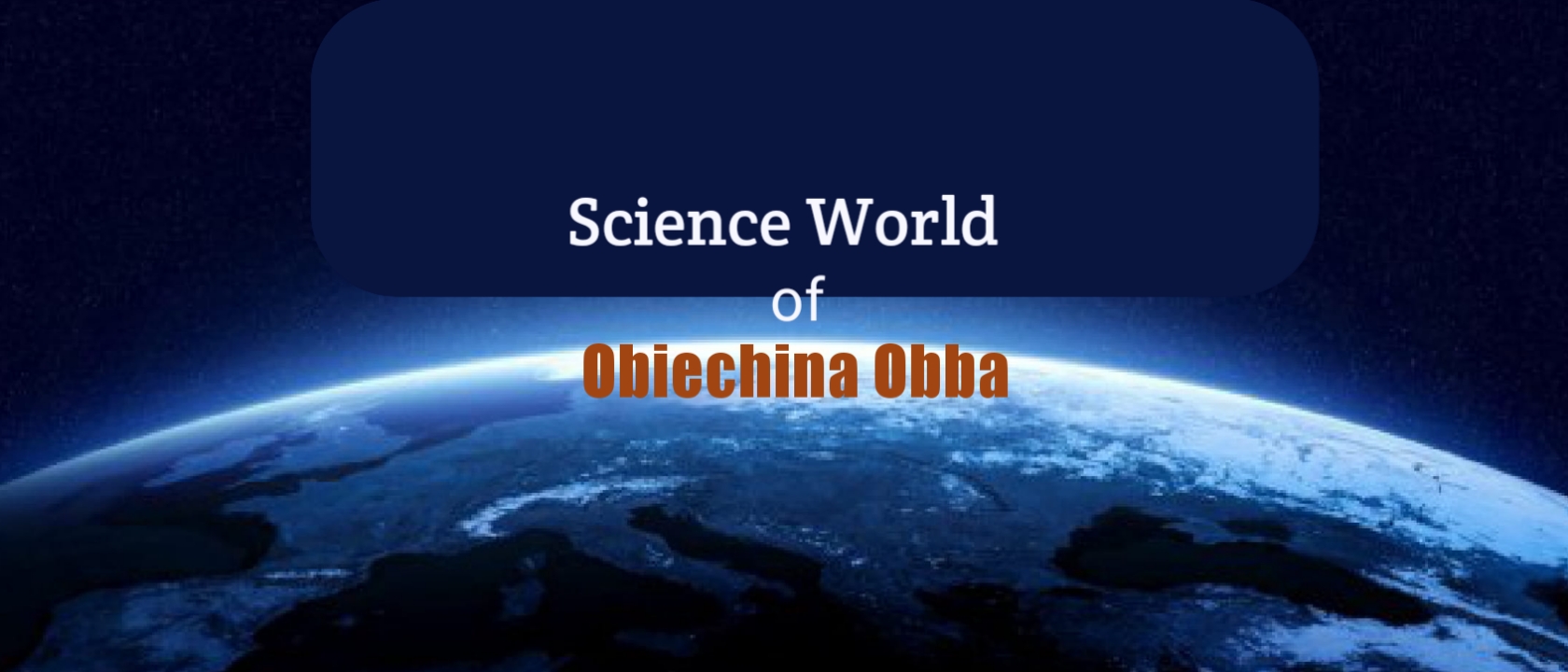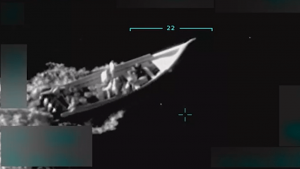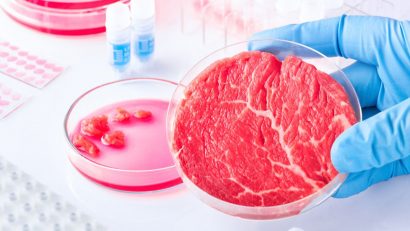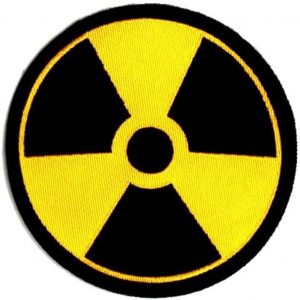There are many methods used in weather modification.
In Cloud-seeding, which has been used since 1923 in USA, the clouds are sprayed with chemicals like Silver Iodide or salt solutions by airplanes or rockets to induce rain. Dry ice is similarly, used to induce snowfall.
The rain-inducing materials can also be fired from mountain tops, or from the ground in the direction of low-hanging clouds as done in some parts of Africa for centuries.
The practice in Africa by the so-called rain doctors has remained largely undeveloped and are still not devoid of rituals. The substances burnt to release chemicals into the clouds to induce, or prevent rains, have not been fully analysed. The actual success rate is also unknown, but assumed to be about 30%.
The technology used in UAE, instead, involves bombarding the clouds with electrical charges from drones.
The drones shoot laser beams into the clouds to charge them with electricity.
This forces small water droplets to fuse to form bigger ones, which fuse to even form larger raindrops, which then fall as rains because they are heavier than the clouds.
Also, when the rain droplets are big, when they fall out of the cloud, they reach the ground without evaporating.
The National Centre of Meteorology in UAE confirmed heavy rains mid-June, 2021, when the technology was used in the city of Ras al Khaimah which has an average of four inches of rainfall a year.
It is common for temperatures in Dubai to exceed 117 degrees Fahrenheit.
The excess heat makes crop farming difficult, and Dubai imports 80% of the food it consumes.
A similar technology of bombarding the clouds with electrical charges has been tested in eight US states. It was also tested in cities near Dubai by the UAE’s National Centre of Meteorology and the University of Reading, UK. The university started the research work in 2017.
This method is considered environmentally safer than spraying salt solutions into the clouds using salt flares, Titanium Dioxide, or crushing-up and using Silver Iodide, a chemical used in photography, to induce rain.
The World Health Organisation’s International Agency for Research on Cancer considers Titanium Dioxide nanoparticles possible carcinogenic to human beings.
There are concerns also that manipulating weather patterns over a large region can have many other consequences and create tension as the world gets hotter.
Overall, this science is appealing because, when fully developed, it has the potential to enhance water security worldwide, especially in arid regions.











